In the first part of this article, we analysed at the roles of Scoring Strikers and Creative Forwards, using this year’s Premier League top scorer Erling Haaland and Tottenham’s all-time leading scorer Harry Kane as examples.
In the following section, we examine the other two types of strikers. The main characteristics of the Target centre forwards are illustrated through the example of Ivan Toney, who played excelled at Brentford this season, while Brazilian Gabriel Jesus represents the Pressing Forwards.
TARGET – IVAN TONEY

Target strikers can be seen as modern versions of the old classic physical strikers (usually playing in a 4-4-2 formation). Their game is characterised by a lot of wrestling with defenders, a lot of head-to-head duels, headed balls, flick-ons, fouls committed and fouls suffered.
Although Brentford striker Ivan Toney is not the tallest striker in the Premier League with 179 centimetres, his elevation and aggressiveness allow him to take on the toughest defenders in the league. Match after match, he has a lot of duels on the ground and in the air, both in attack and defence, and he is also not short of goals and assists, so it is fair to say that he is one of the best and most effective Target-type strikers in the PL.
When looking at his attacking indicators, we can see that besides finishing, that Attacking Aerial Duel is the main focus of Toney’s game, which is completely logical for an attacker who relies on his physicality and duelling skills.
His role in ball possession and attack is somewhere halfway between Haaland and Kane. He plays a much bigger role in this phase of the game than the Norwegian centre, but a slightly smaller and slightly different role than his countryman.
Toney is an important part of his team’s ball movement, but unlike Kane, his role in this phase of the game is not to initiate attacks, but rather to keep and play long balls that are passed to him usually in the air. The reason for the differences is not only the skill of the players but also the different way their teams approach the game, with Brentford relying on these long balls and preferring to build their attack after the second balls.
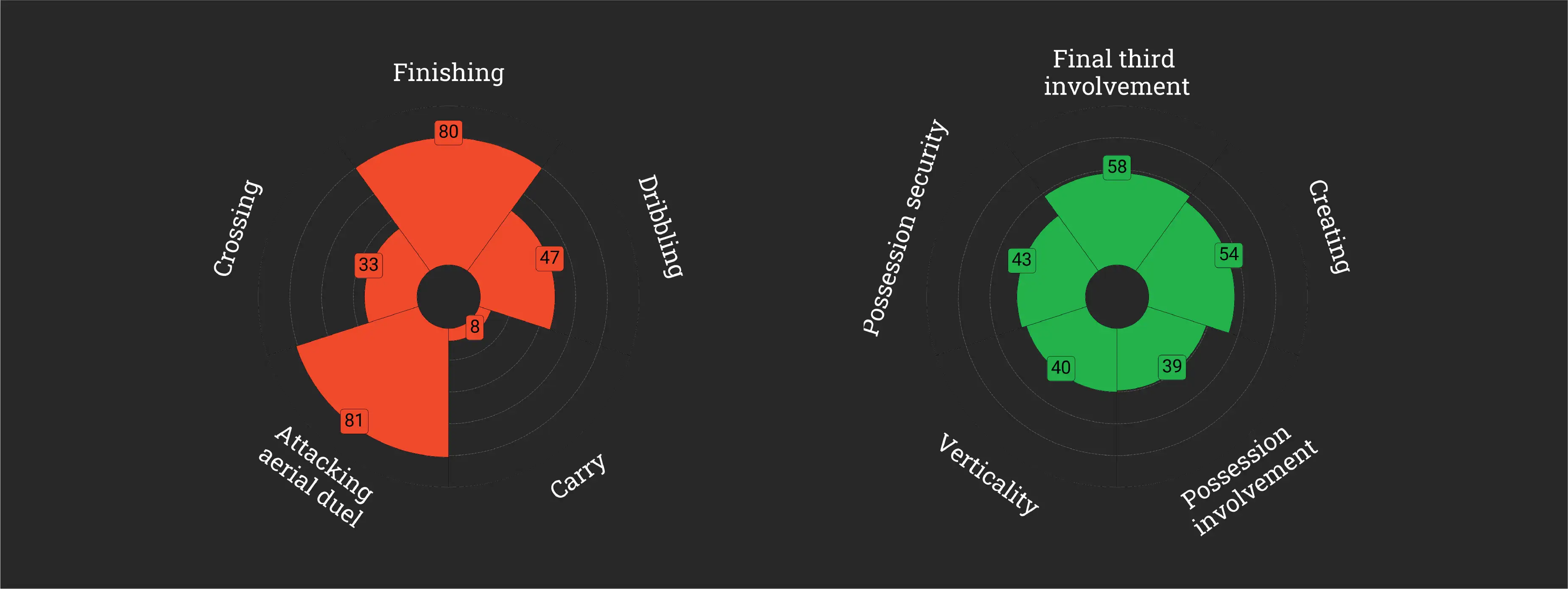
So the thing that makes Target’s attackers different from the other forwards is the amount of physical duels on the ground and (especially) in the air. If you look at the statistics it is clear that Toney has no mercy for himself or his opponent when it comes to duels. He was the 6th most fouled player in the Premier League this season, averaging almost two fouls every 90 minutes. However, he also remains indebted to no one. In terms of total fouls committed, he ranks fifth in the league and few strikers have averaged more than 1.4 fouls per 90 minutes. And his 9 yellow cards speak for themselves.
He also produces outstanding numbers in aerial duels. After 38 rounds, he is third (after Brentford’s defender Ben Mee and West Ham’s Soucek) in the Total Aerial Duels rankings, and his 7 aerial duels per 90 minutes are in the top 15 in the league as well. As mentioned earlier, his team relies heavily on Toney’s strength in the air, which means that Brentford are not a team that operates with a lot of passes, but rather use long balls to find the English striker. This can be seen in the following map, where you can see the areas of the pitch where the Bee’s forward’s attacking aerial duels were.

A good example of this was Brentford’s 3-3 draw with Brighton in April, where one of the most common pass connections for the Bees was between goalkeeper David Raya and Toney. This is a great illustration of the direct style with which the London team builds its attack, and the number 17 attacker played a central role in this match. His teammates searched Toney with a lot of direct and long balls, and his task was to flick-on or hold and pass these balls, and if this tactic failed, the midfielders immediately attacked the second balls. In any case, Toney scored his team’s second goal in the game.

In addition to his huge workrate ont he pitch, the 27-year-old English striker is also a great goal scorer. He finished third in the goalscoring charts this season. Although his game is not only concentrated in the opposition penalty area, his presence in the box is just as impressive, he has the 14th highest number of touches in the penalty area (Total touches in box).
6 of his 20 goals this season have come from penalty kicks, and 15 of his goals have been scored with his stronger (right) foot. Interesting that he is less effective in the air in front of goal, with only 2 goals from headers. He has attempted 92 shots in the 2022/23 season (fifth most), and his 2.6 shots attempted per 90 minutes is in the top 20 in the English top flight.

The striker, who made his international debut in March this year, finished just his second Premier League season. His 32 goals in 68 appearances so far are a very respectable by itself, and his tremendous workrate on the pitch has made him an outstanding striker in the league. He is also a key player in his team’s attacking build-up and finishing, and tries to do his job in defence. His nearly 100 fouls is not a small number over two seasons and 17 yellow cards to date provide a good example of the aggressive, physical style that characterises Toney on the pitch.
It’s a question of whether he can still improve, but given his work ethic and determination, he could easily find a place in a top team with a less direct style of play.
PRESSING FORWARD – GABRIEL JESUS
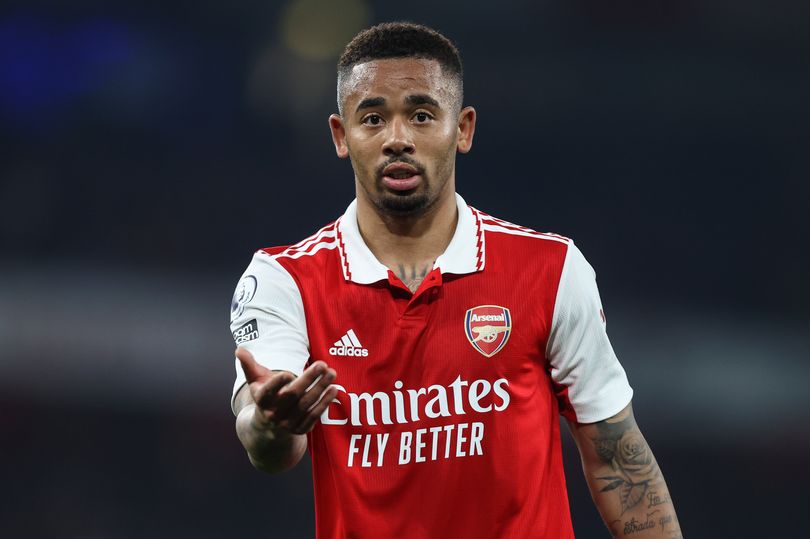
In contrast to the previous 3 types of strikers, the Pressing Forwards are identified by their important role in defence, and specifically in pressing phases. To be effective in pressing, you need several qualities that not all attackers have. A high level of tactical awareness and discipline is needed to start pressing in the right place at the right time, as well as the speed and tackling skills to make a deflection or even to win the ball himself.
Gabriel Jesus, who moved to London from Manchester this season, is undoubtedly one of the best strikers of his profile (and according to former City coach Pep Guardiola, the best in his category) and his defensive record confirms that the Brazilian striker has everything a pressing striker needs. He is disciplined, aggressive, strong in duels and has good tackling skills. He also has the speed and physicality to attack continuously and intensely.

Depending on the game situation and the tactics used, Jesus starts Arsenal’s pressing from different parts of the pitch, most often pressuring the opponent from the box (high pressing) but sometimes he can also disrupt the rival’s possession from the halfway line.
In many cases, a pressing can be successful even if the team does not immediately receive the ball in the opponent’s half, it can be enough to force the opponent to take a long ball, which can then be easily collected by the defenders at the back.
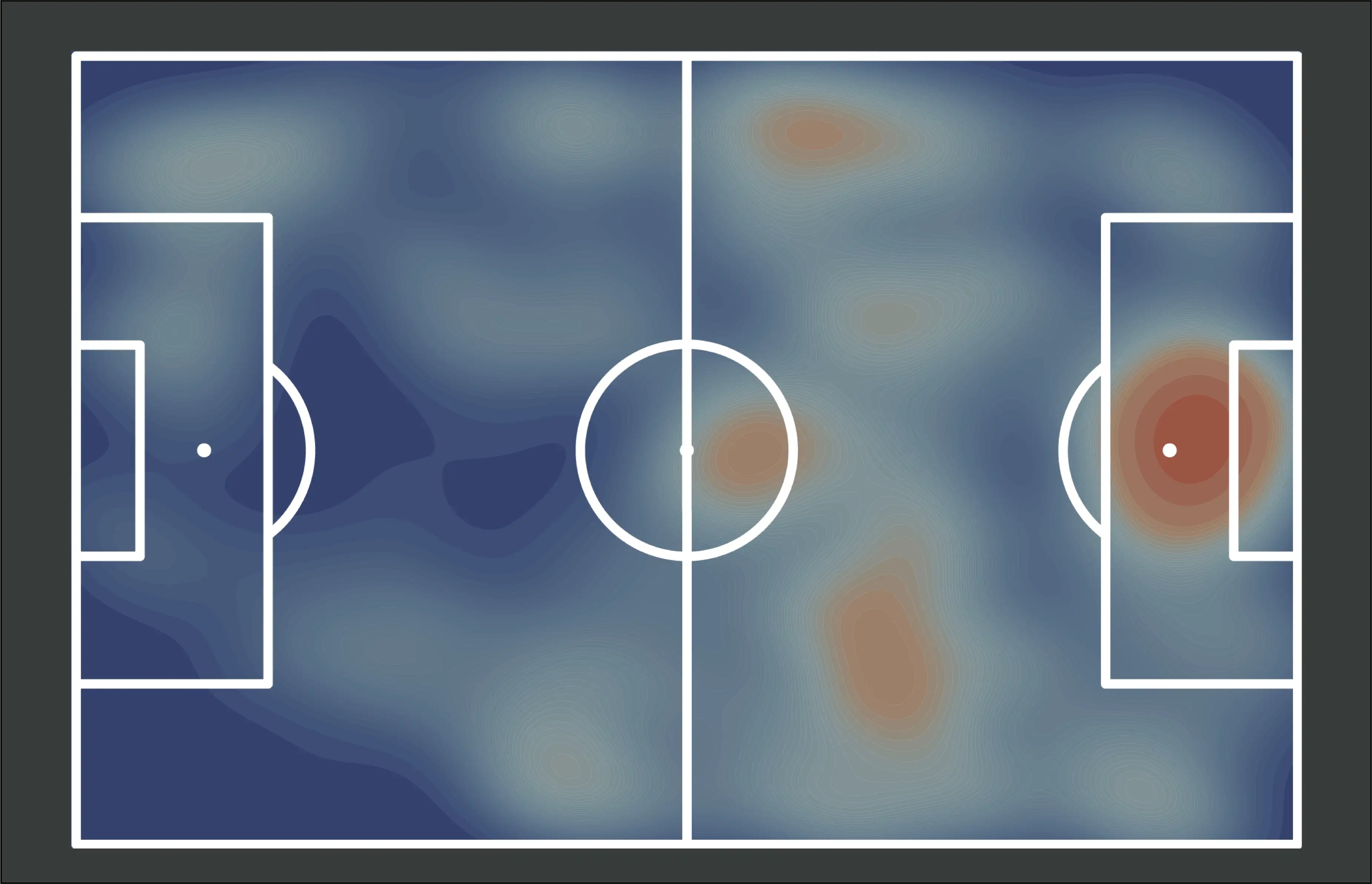
Of course, the most optimal scenario is when the pressing team is able to recover the ball in the opponent’s half. The visualisation below illustrates the most common locations for Gabriel Jesus’ ball recoveries. It is also clear that if Arsenal are forced to defend deeper, the Brazilian striker can still be relied on.
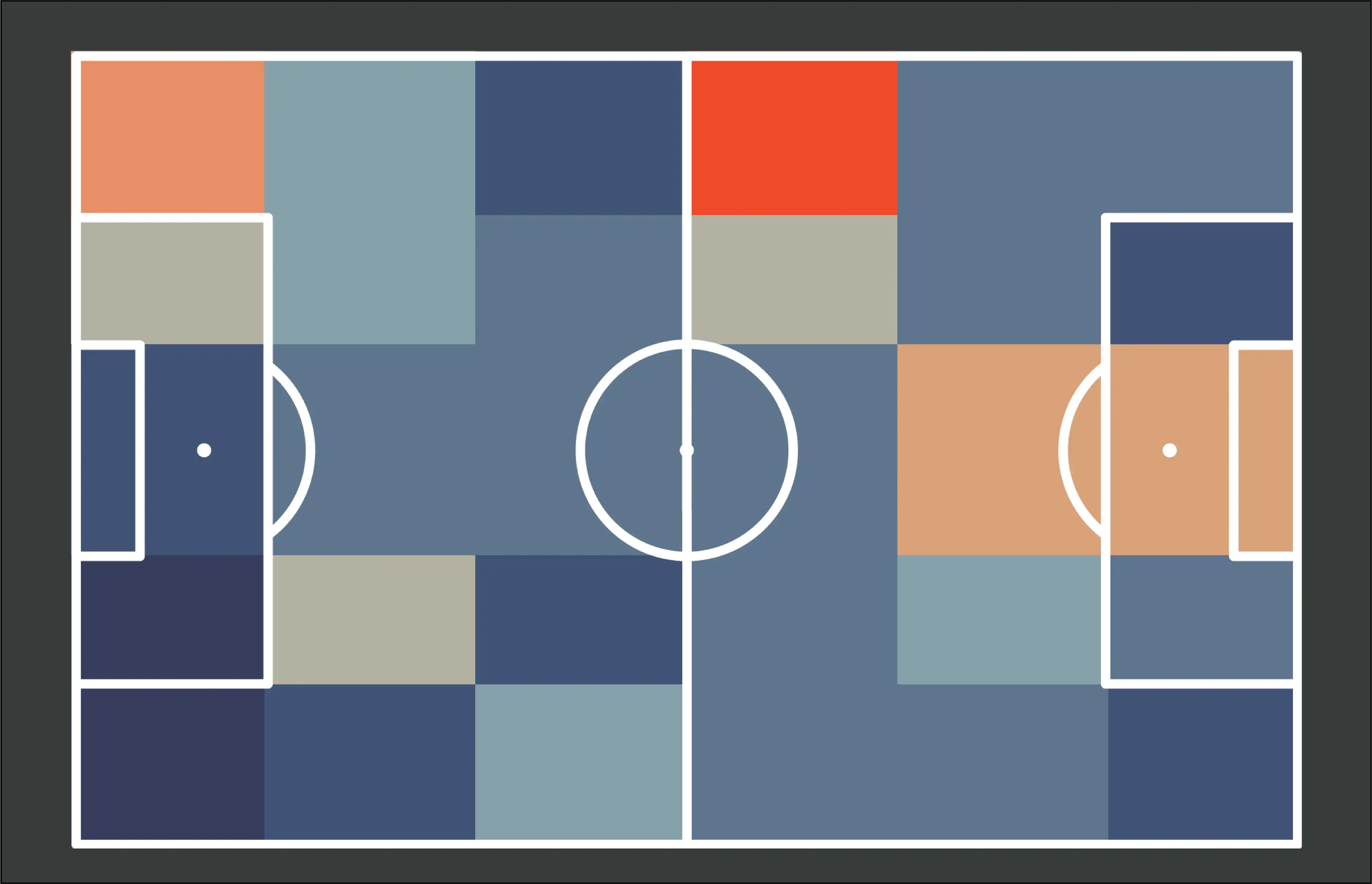
In addition to his extra defensive performance, the Brazilian is certainly not missing out on striking abilities. After the World Cup in Qatar, he was out for long with injury and has played far fewer matches this season than the other three strikers in the comparison, so he is below his rivals in terms of goals, but his 90-minute stats show he is absolutely right up there with the very best.
The offensive and possession indicators below show that he is actively involved in his team’s build-up and chance creation. 79% of his progressive passes are successful, which is close to Kane’s rate, and his average of 0.65 key passes per 90 minutes is the same that the English striker has managed this season. He is also excellent at 1v1, with nearly 6 attempted dribbles per game and 2.4 fouls suffered, putting him among the league elite in these stats.
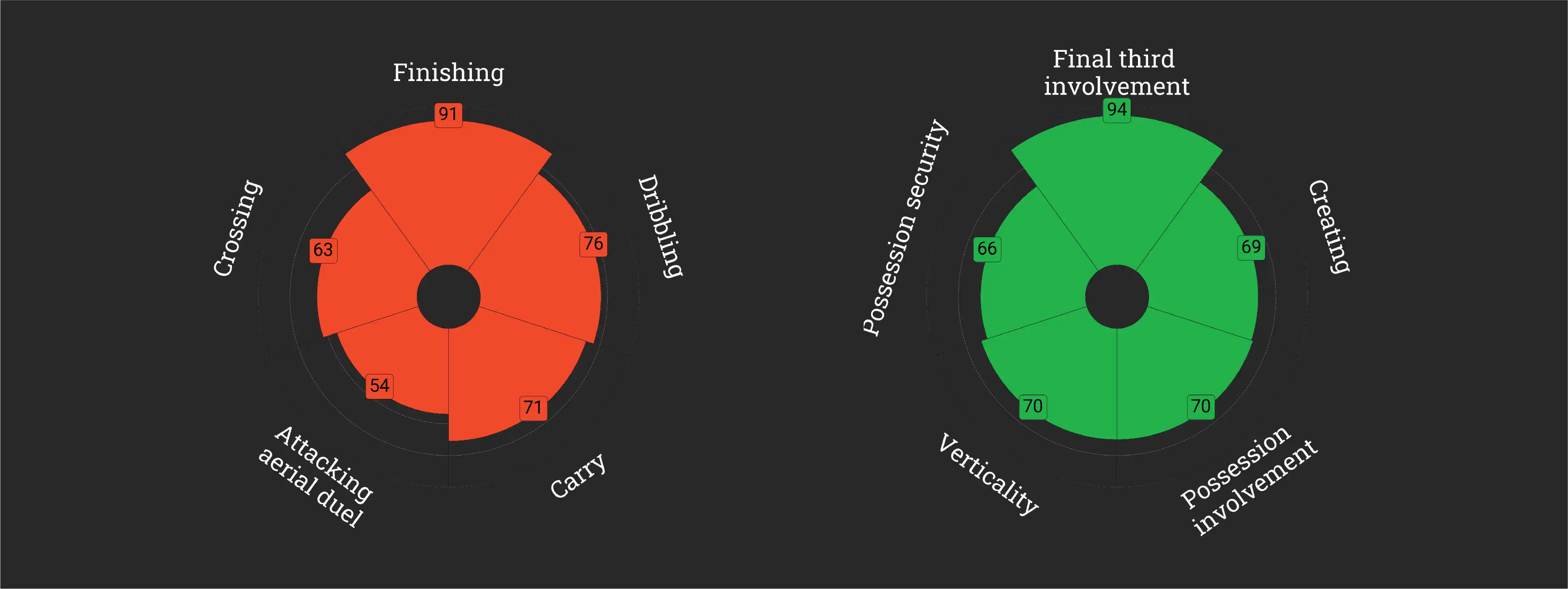
Because of injury, the Arsenal striker has missed many games this season and has scored far fewer goals than the other top strikers in this analysis. However, he is fifteenth in the league with an average of 2.8 shots attempted per 90 minutes, and 45.7% of his attempts are on target, which is not bad at all.
In this category (Shots % on target), he is ahead of both Kane and Tony, only Haaland has a better rate than him out of the four. And with 6.32 touches per game inside the box, he even beats the Norwegian striker, with only Darwin Nunez ahead of the Gunners’ nine.
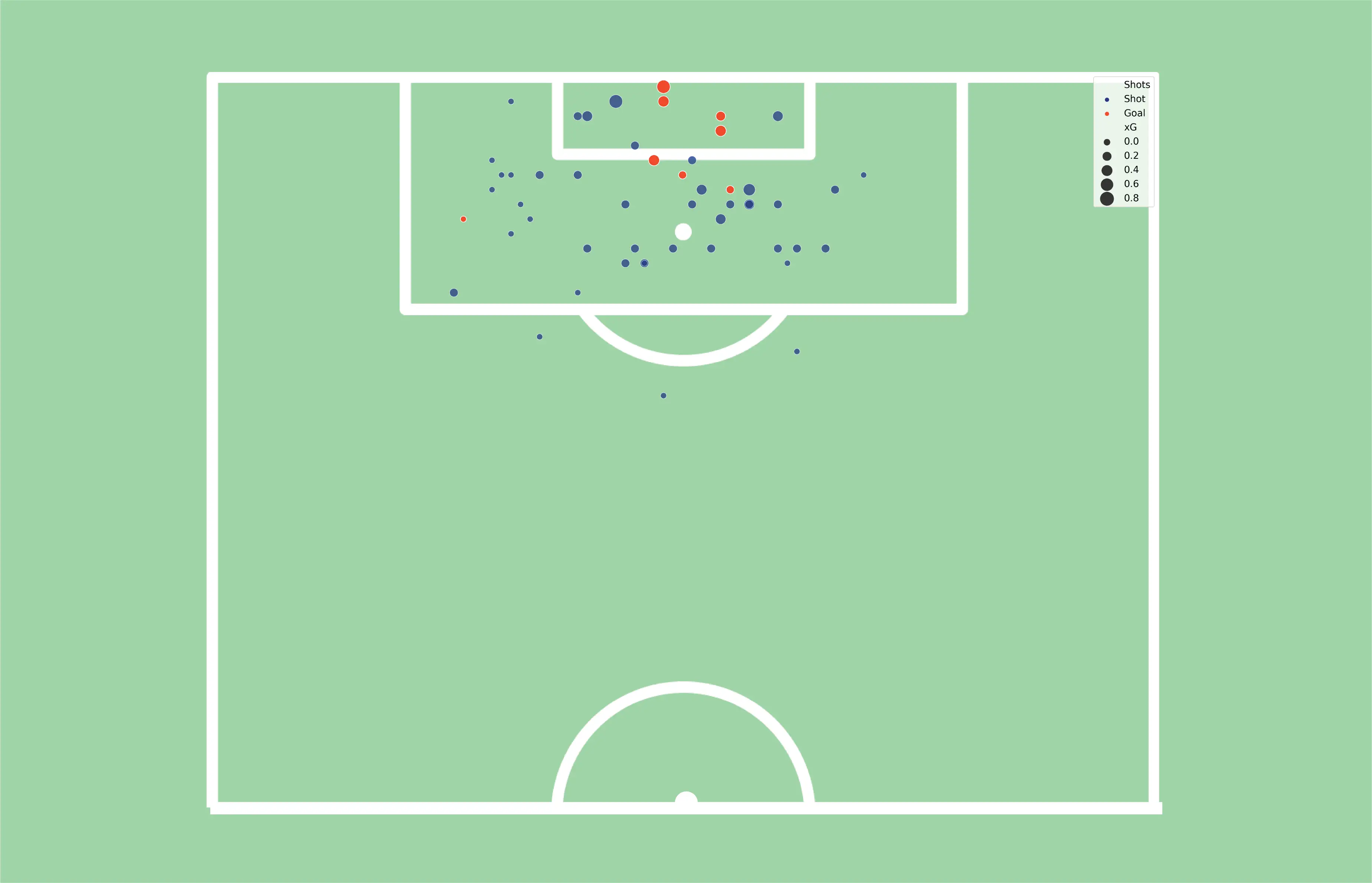
At the and of the season, it is no overstatement to say that Arsenal have made a sensational bargain by bringing the Brazilian striker to London last summer. Even though Jesus’ return after the World Cup had to wait until March, in the 26 games he has played this season he has shown his brilliance and how useful he can be to his team. In his 185 PL appearances so far, he has been involved in 104 goals (69 goals, 35 assists), which is more than 0.5 goals per game. If we add to this his extra defending abilities, especially in the pressing phase, we can confidently say that he is currently one of the most complex strikers in the league!
(Cover photo pictures: www.premierleague.com)



